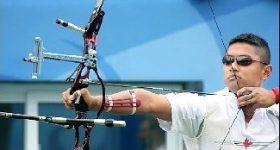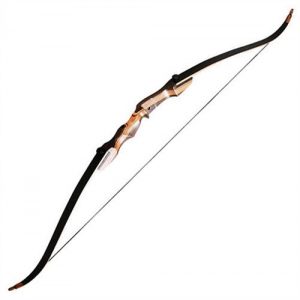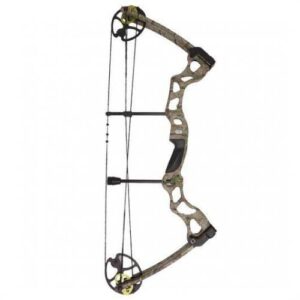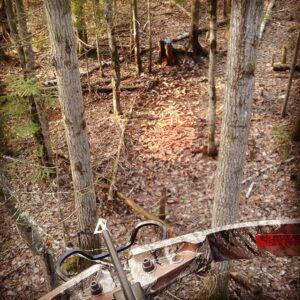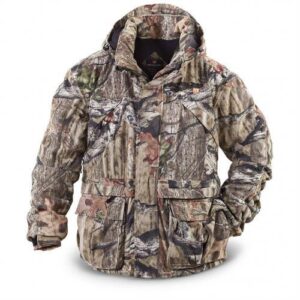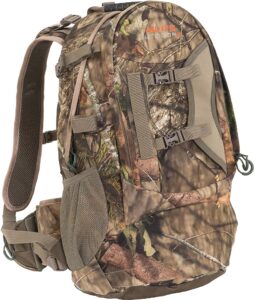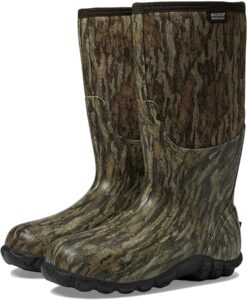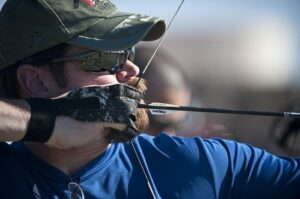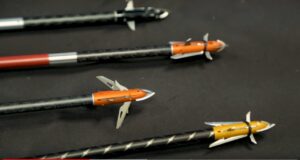I remember the first really big buck I ever saw. I was still hunting through an old apple orchard that had become overgrown. It was covered with deer trails and I used to sneak through it using the well worn trails to cover the sound of my footsteps. As I neared the end of the orchard I happened to catch movement ahead of me about 50 yards away. Through one final apple tree I could tell it was a very big 9 pointer. Definitely the biggest buck I had ever been this close to.
I quickly dropped to one knee to take advantage of the ground cover. The deer kept coming and soon was standing on the other side of the apple tree from me – 3 yards away. I could hear him breathing. I don’t remember exactly when I drew my bow, but it was obviously too soon as my arms were beginning to shake and the deer was too close to let down. If he would just come 5 more steps I could almost touch him with the bow and let this arrow go at point blank range. Unfortunately, that buck realized something was up and turned to trot off. I stood quickly and tried to get a shot, but he never stopped. Two weeks later he was hit by a passing car in the road nearby.
This scenario has played out for me time and again and you have to learn when to draw your bow. Ideally, you want to let the animal pass you and make sure they are looking in the opposite direction. Even though it will be tough, it is a good idea to let a few deer walk when you first start deer hunting. Realize how long they stick around if not spooked and understand how much time you really have to make your move. You’ll be amazed at how many shot opportunities you get and how long the deer will remain in bow range. Keep in mind, this doesn’t happen everytime, but usually you will have more than enough time to let that animal pass by you and begin entering your shooting lane before you come to full draw.
